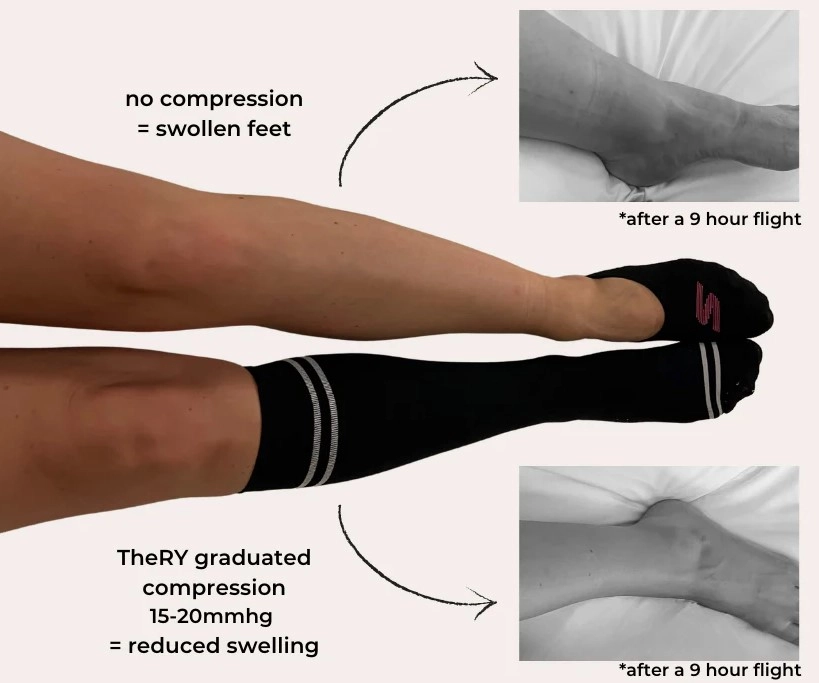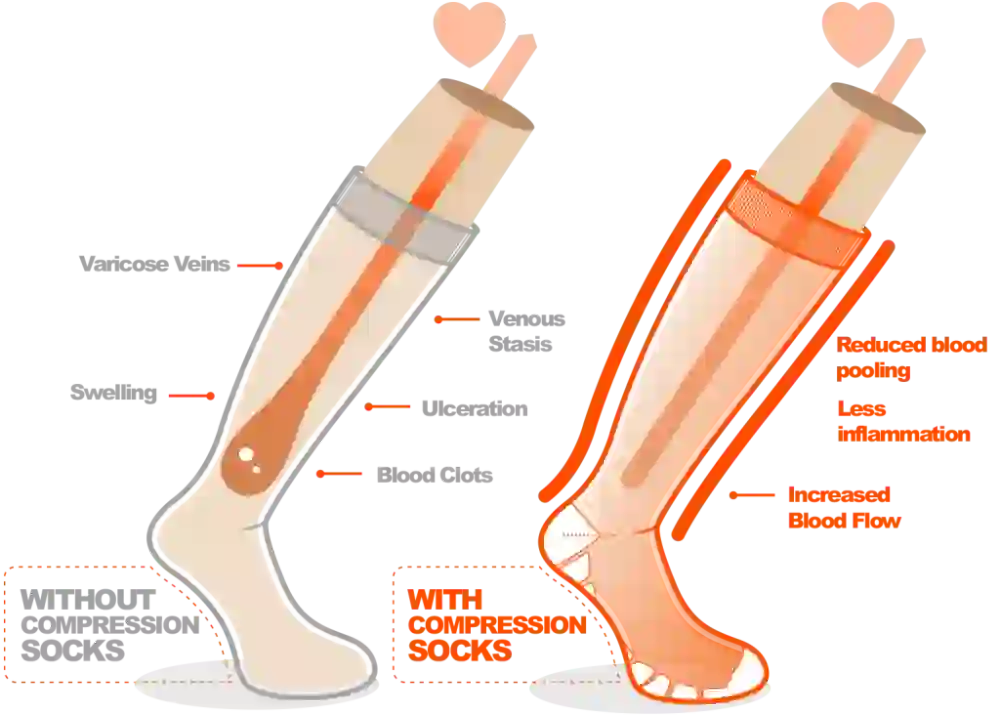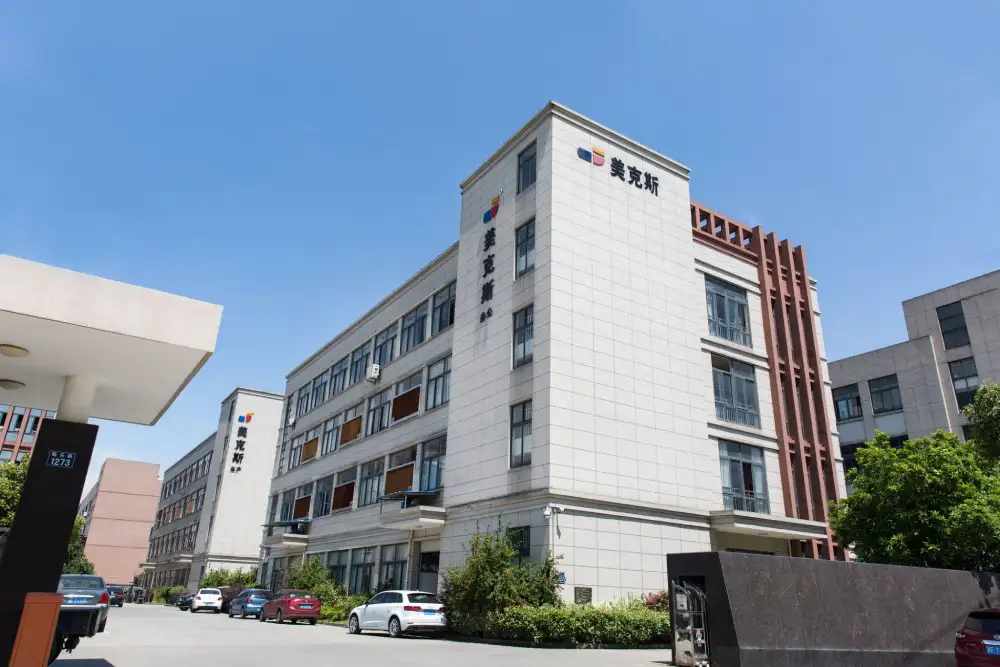Swelling in the legs and feet is a common issue that many people experience. Whether it’s caused by pregnancy, standing or sitting for long periods, poor circulation, or injury, finding an effective solution is important for comfort and health. One of the most recommended solutions for swelling is compression socks. These socks provide controlled pressure to the legs, enhancing blood circulation and reducing fluid retention.
In this article, we will explore the best compression socks for swelling, focusing on their benefits, how to choose the right ones, and the key features to look for when purchasing. The right compression socks can bring relief, improve your daily comfort, and even aid in recovery. So let’s dive in and see what makes them such an essential product for anyone dealing with swelling.

How Compression Socks Help with Swelling
Compression socks have a simple yet highly effective design. These socks apply graduated compression, meaning the pressure is strongest at the ankle and gradually decreases as it moves up the leg. This design encourages the natural flow of blood and fluid back toward the heart, effectively reducing the buildup of fluid that causes swelling.
Chronic Swelling Relief and Prevention
For those who experience chronic swelling or edema, compression socks offer a non-invasive solution that can greatly improve daily comfort and reduce the risk of developing more severe conditions like varicose veins or blood clots. Compression socks don’t just alleviate swelling; they promote better circulation, which is vital for overall vascular health.
Additional Benefits of Compression Socks
In addition to swelling relief, for example, they can help alleviate leg fatigue and soreness, making them particularly useful for athletes or anyone on their feet all day. By wearing compression socks, you can also improve muscle recovery after physical activity and reduce the likelihood of deep vein thrombosis (DVT) during long flights or road trips.
Who Should Use Compression Socks for Swelling?
Compression socks are designed for anyone who experiences swelling in the legs and feet, but some groups of people can particularly benefit from them.

Individuals with Sedentary or Active Lifestyles
Individuals who spend long hours standing, sitting, or traveling are at higher risk of developing swelling due to poor circulation. People in professions such as retail, healthcare, or transportation, where standing for hours is common, will find these socks a helpful solution.
Pregnant Women and Athletes
Pregnant women often experience swelling in the legs due to increased blood volume and pressure on the veins, and compression socks can provide significant relief. This is where it gets interesting – athletes also use compression socks to support muscle recovery and prevent swelling after intense workouts. If you’re an athlete, these socks help with circulation, reduce muscle soreness, and speed up recovery.
Individuals with Medical Conditions
If you have medical conditions like varicose veins, edema, or chronic venous insufficiency (CVI), here’s the kicker: compression socks are an essential tool in managing these conditions. They not only reduce swelling but also promote healthier veins and improve overall circulation. If you have a serious health condition, it’s always best to consult with a healthcare professional before using compression socks.
Key Features to Look for in Compression Socks for Swelling
When selecting compression socks, you need to consider several factors to ensure they provide the right support. One of the most important factors is the compression level. Compression socks come in varying levels of pressure, typically measured in millimeters of mercury (mmHg). Mild compression socks (8-15 mmHg) are ideal for those with minimal swelling, while moderate (15-20 mmHg) and firm compression (20-30 mmHg) are used for more significant swelling and conditions like varicose veins.
Another key factor to consider is the material of the socks. Look for socks made from breathable, moisture-wicking fabrics like cotton, spandex, or nylon. These materials help keep your feet dry and comfortable throughout the day, even during physical activities.
Fit is crucial when selecting compression socks. Ill-fitting socks may not provide the proper compression or might cause discomfort. It’s essential to get the right size to ensure maximum effectiveness. Compression socks should be snug but not too tight, and they should be comfortable enough to wear all day long.
How to Choose the Best Compression Socks for Swelling
Choosing the best compression socks for swelling can feel overwhelming due to the variety of options available. Where to start – begin by determining your exact measurements. You should measure the circumference of your ankle, calf, and thigh (if needed). This will ensure you purchase the right size for maximum comfort and effectiveness.
Always check the compression level. If you’re dealing with mild swelling, mild compression socks (8-15 mmHg) should suffice. For more severe swelling, choose socks with a higher compression level. Moderate compression (15-20 mmHg) is often ideal for people with conditions like varicose veins or those recovering from surgery.
Material is another important factor to consider. Compression socks made from breathable, high-quality materials will keep your feet cool and dry, making them suitable for all-day wear. If you’re looking for a pair that lasts, choose a pair made with durable fabric that will hold up over time.
| Factor | Consideration |
|---|---|
| Measurement | Measure ankle, calf, and thigh circumference |
| Compression Level | Choose based on swelling severity |
| Material | Look for breathable, moisture-wicking fabrics |
| Fit | Ensure proper fit for maximum effectiveness |
Top Brands and Products for Compression Socks for Swelling
When it comes to selecting compression socks for swelling, several brands have earned a strong reputation for quality and effectiveness. Some of the best brands include ComproGear, Physix Gear, and Sockwell. These brands have built a loyal following thanks to their high-quality products that cater to various needs, from mild swelling to more serious conditions.
ComproGear is known for its durable and affordable compression socks, ideal for everyday wear. Their socks provide the right balance of pressure without compromising comfort, making them a great option for those just starting to use compression socks. Physix Gear, on the other hand, offers high-performance compression socks, specifically designed for athletes and those looking to enhance recovery. They provide firm compression and are made from breathable fabrics that help with muscle fatigue and swelling.
Sockwell is a luxury brand known for its stylish compression socks that don’t sacrifice function for fashion. How Sockwell compares to other brands. While Sockwell’s products tend to be pricier, they offer top-notch comfort and are made with eco-friendly materials, making them a perfect choice for those looking to combine performance and sustainability.
Benefits of Wearing Compression Socks Regularly
Circulatory Benefits and Blood Clot Prevention
Wearing compression socks regularly offers numerous health benefits, beyond simply reducing swelling. Compression socks improve circulation, which helps reduce the likelihood of blood clots, a serious condition that can occur when blood flow is restricted for long periods. This is why many people wear compression socks during flights, long road trips, or after surgery.
Managing Chronic Swelling and Venous Disorders
For those with chronic conditions like varicose veins or edema, regular use of compression socks can prevent swelling from returning. Compression socks help alleviate symptoms of discomfort by promoting better circulation, preventing fluid retention, and reducing the pressure on your veins. They are also beneficial for individuals recovering from surgery, as they help reduce post-operative swelling and speed up the healing process.
Athletic Recovery and Performance Support
Not just for medical reasons, compression socks also enhance athletic performance and recovery. They help reduce muscle soreness by improving circulation and delivering oxygen-rich blood to muscles that need it most. After intense physical activity, compression socks aid in the removal of lactic acid and other metabolic waste products that contribute to muscle fatigue.
Common Misconceptions About Compression Socks
Despite their proven benefits, there are several misconceptions about compression socks that need to be addressed. The truth is, when properly fitted, compression socks should feel snug, not tight. They are designed to apply gentle pressure, not to cause pain. If they feel too tight or uncomfortable, you may need a different size or compression level.
One of the biggest myths is that compression socks are only for people with severe health problems. Compression socks can be beneficial for anyone who experiences swelling or poor circulation. Whether you’re an athlete, pregnant, or someone who sits or stands for long hours, these socks can help maintain proper circulation and alleviate swelling.
Another misconception is that compression socks are only effective if worn at night. They work best during the day, especially when you’re on your feet, walking, or traveling. Wearing them at night is unnecessary unless prescribed by a healthcare provider.
When and How to Wear Compression Socks for Swelling
To get the most out of your compression socks, it’s important to know when and how to wear them. Compression socks should be worn when you’re most at risk for swelling, such as when standing for long periods, during travel, or after exercising. For people with chronic swelling or conditions like varicose veins, wearing them throughout the day, especially during physical activity, will provide the most benefit.
Compression socks should be worn as soon as you wake up and put on after getting dressed. It’s essential to wear them before your legs begin to swell, as they work best at preventing swelling rather than treating it once it has occurred. If you’re traveling, wear compression socks during the flight to prevent blood clots and keep your legs comfortable.
For those with severe swelling or medical conditions, if wearing compression socks at night is helpful. While not necessary for most, wearing them overnight can be useful for people dealing with chronic conditions like edema or lymphedema. Always follow your healthcare provider’s recommendations for when to wear your compression socks.
The Role of Compression Socks in Managing Chronic Conditions
Compression socks are widely used to manage chronic conditions like varicose veins, edema, and lymphedema. They are one of the most effective non-invasive treatments available for these conditions. For people with varicose veins, compression socks help alleviate the symptoms by reducing swelling and improving blood circulation, preventing the veins from becoming more pronounced.
Edema, which causes fluid retention in the legs, is another condition that benefits from compression socks. Compression helps push the fluid back into the bloodstream, preventing it from accumulating in the tissues. This is especially helpful for individuals with limited mobility or those who stand for extended periods.
For lymphedema patients, compression therapy is an essential part of their daily management plan. The socks help reduce swelling, and when used in combination with other treatments like lymphatic drainage, they can significantly improve quality of life.
How to Care for Your Compression Socks
How to Care for Your Compression Socks
Proper care for your compression socks is crucial to ensure they last and continue to perform effectively. If you don’t follow the right washing and care instructions, your compression socks may lose their elasticity, reducing their ability to provide the necessary pressure.
Washing and Drying Guidelines
Most compression socks are made from materials like spandex, nylon, or cotton, which are durable but need proper maintenance. Always follow the manufacturer’s instructions for washing, as improper cleaning can affect the compression properties. Typically, compression socks should be hand-washed or machine-washed on a gentle cycle using cold water. Hot water can damage the elastic fibers and reduce their effectiveness.
After washing, always air-dry your compression socks. Do not put them in the dryer, as heat can cause the material to shrink and lose its elasticity. Instead, lay them flat or hang them to dry in a well-ventilated area.
Storage and Replacement Tips
Proper storage is also important. Keep your compression socks in a cool, dry place to prevent damage from moisture or heat. If you notice any holes, tears, or loss of elasticity in your socks, it’s time to replace them. Regularly checking the condition of your socks will ensure you are getting the full benefits of compression therapy.
Conclusion: Why Compression Socks Are Essential for Swelling Relief
In conclusion, compression socks are an essential tool for managing and relieving swelling in the legs and feet. Whether you’re suffering from chronic conditions like varicose veins, recovering from surgery, or simply dealing with temporary swelling, compression socks can provide much-needed relief. By wearing them regularly, you can improve circulation, reduce swelling, and prevent future health issues related to poor blood flow.
Choosing the right compression socks for your needs is key to maximizing their benefits. Look for socks with the right compression level, made from breathable materials, and ensure they fit properly. With the right pair of compression socks, you can effectively manage swelling, improve your comfort, and stay active without the discomfort that comes from swelling.

If you’re looking for custom compression socks that meet your specific needs, don’t hesitate to reach out. Contact us today to learn more about our high-quality compression sock options and how we can help you stay comfortable and healthy.
FAQ
What are compression socks, and how do they help with swelling?
Compression socks apply graduated pressure to the legs, improving circulation and reducing swelling. The pressure is strongest at the ankle and decreases as it moves up the leg, helping to push fluid back into the bloodstream.
How do I know what compression level I need for swelling?
Compression socks come in different pressure levels, measured in mmHg. Mild compression (8-15 mmHg) works for light swelling, moderate compression (15-20 mmHg) for moderate swelling, and firm compression (20-30 mmHg) for more severe cases.
Can I wear compression socks throughout the day?
Yes, compression socks can be worn throughout the day to alleviate swelling. They should be worn during times when you’re on your feet or traveling, but removed at night for rest unless your doctor recommends otherwise.
How do I properly measure for compression socks?
To measure for compression socks, use a soft tape measure and measure the circumference of your ankle, calf, and thigh. This ensures the socks fit properly and provide the right level of compression.
Can compression socks be worn while exercising?
Yes, compression socks are beneficial during exercise as they improve circulation and reduce muscle fatigue. They help with recovery after workouts by promoting blood flow and preventing swelling.
